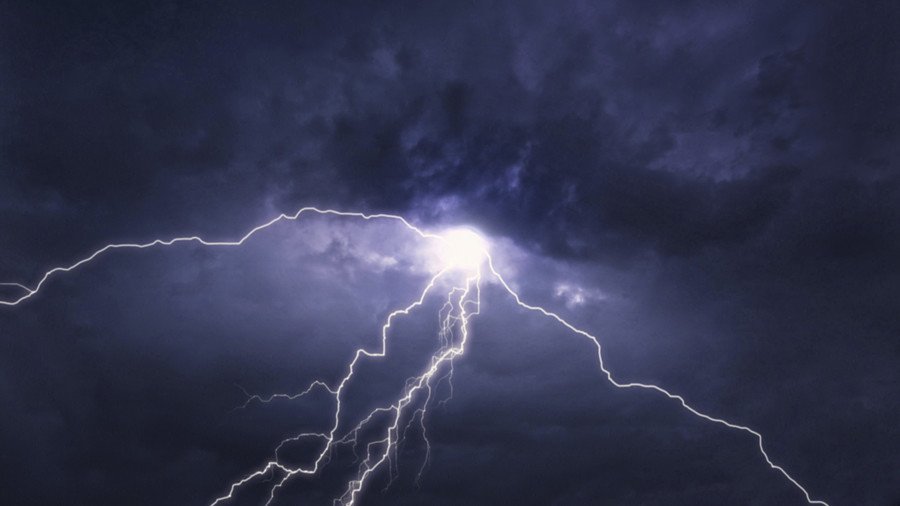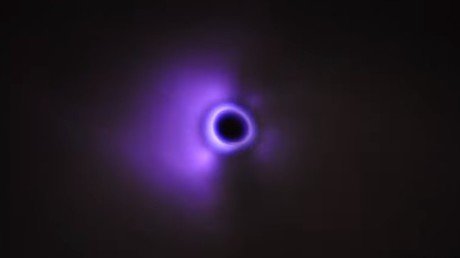Crash, boom, bang! Lightning causes nuclear reactions, crowd-funded experiment finds

A lightning strike may be powerful enough to trigger nuclear reactions in the atmosphere, a gamma-ray experiment conducted in Japan has confirmed. Such a reaction may even produce positrons, the anti-matter equivalent of electrons.
Gamma rays are a form of radiation usually caused by nuclear isotope decay. Other than nuclear reactions, only a handful of natural phenomena generate gamma rays, including lightning strikes –which have long been theorized to trigger nuclear reactions themselves. The study reported by Nature magazine provides the first evidence that this is indeed the case.
The collaborative research led by Teruaki Enoto from Kyoto University involved the team placing an array of gamma-ray detectors along Japan’s northwest coast. The experiment started in 2015, but later ran into funding problems, which were resolved through crowd-funding. “Thanks to everybody’s support, we were able to make far more than our original funding goal,” Enoto said.
In February 2017, four detectors installed in Kashiwazaki city recorded three distinct signals from a thunderstorm happening a few hundred meters away. The initial bursts lasted less than one millisecond and were caused by the lighting itself, the team explained.
There followed an afterglow that decayed over a few dozen milliseconds. It originated from nuclear reactions in which photons of the initial blast displaced neutrons from nitrogen nuclei. The reabsorption of those neutrons by atmospheric particles resulted in the secondary emission.
The third and final gamma-ray signal lasted for about a minute, because the nitrogen nuclei lacking a neutron were unstable and underwent beta-decay to carbon. The process also released a neutrino and a positron for each nucleus. The positrons would then annihilate electrons, releasing gamma radiation with a distinct signature energy of 0.511 megaelectronvolts.
“This line is a conclusive indication of electron–positron annihilation, and represents unequivocal evidence that photonuclear reactions can be triggered by thunderstorms,” explained experimental physicist Leonid Babich from the Russian Federal Nuclear Centre, in his commentary on the research in Nature.













